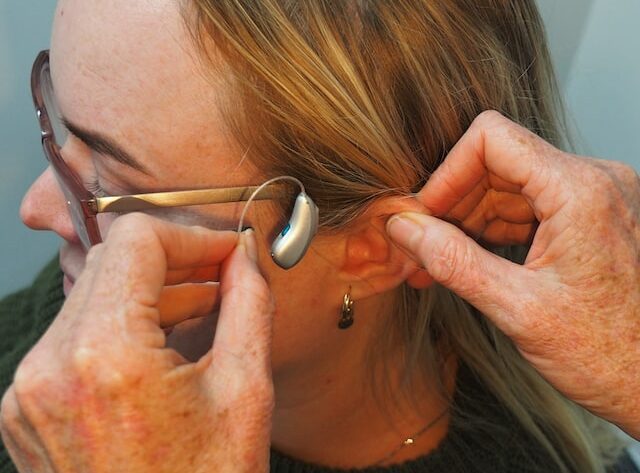For those who are experiencing hearing loss, hearing aids are excellent tools. Devices like these can change your life once you start using them because they allow you to improve your hearing with the flip of a switch. Since hearing aids have been around for a while, many different styles are available on the market now. If you are looking for information on hearing aids, you have come to the right place. There are numerous types to pick from, and it isn’t easy to know which will be best for you. Here are a few tips that can help you select the perfect aid.
Tinnitus Masking
A recent study has evaluated the effectiveness of hearing aids on tinnitus management. The study compared changes in tinnitus pitch, loudness, annoyance, and coping cognition. It found that using HA with a sound generator significantly reduced the impact of tinnitus.
Masking tinnitus is commonly recommended by audiologists and psychologists. Hearing aids are a good option because they provide a more natural sound. They also distract the brain from tinnitus.
Research on tinnitus care has been going on for years. Despite the wealth of information, there is a need for more conclusive data. This is because the effectiveness of various treatments still needs to be determined.
There is a need for high-level evidence studies on the effects of hearing aids on tinnitus. Studies with large sample sizes and robust methodology are needed.
Hearing aids are used by 85% of tinnitus sufferers. It has been suggested that a hearing aid will improve a person’s quality of life. Furthermore, using a hearing aid like Phonak hearing aids will reduce stress related to hearing loss.
Hearing aids may also have other positive effects on tinnitus patients. These include reducing stress, increasing self-efficacy, and improving social inclusion.
Basic Level of Technology
Hearing aid technology has improved a lot in recent years. It is now possible to get devices that deliver natural sound, provide excellent speech clarity and enable users to participate in social activities. However, there are still some differences between primary, standard and premium hearing aids.
While the technology of these devices is similar, the features are a lot more extensive and complex. These devices’ benefits are speech enhancement, binaural processing, and wireless connectivity. These features are more common at higher technology levels.
Basic technology-level hearing aids are the cheapest. They are also the least powerful but can still give good results. The best is the binaural varieties, which use two separate processors. With the help of this technology, the hearing aid can better process information and distinguish between different types of noise.
Standard technology-level hearing aids are the next step up from basic. They are aimed at people who spend a lot of time in social settings, as well as those who enjoy a bit more active lifestyle. In addition to providing the same features as their more expensive cousins, these hearing aids offer several optimization options.
In-The-Ear
If you want to improve your hearing, consider buying an in-ear hearing aid. These devices are custom-made to fit the shape of your outer ear and are often used for mild to severe hearing loss. They’re also easy to handle and can be an excellent option for people with dexterity issues.
There are three main types of in-ear hearing aids. You can choose between the entire shell, half shell, or entirely in the canal. Each style has different features and benefits.
An entire shell in-ear hearing aid will fill the outer ear bowl and is the most potent option. These models are usually matched to your skin tone, making them an excellent choice for people who want a discreet look. The case of the device is made of hard plastic, which houses all the electronics. Typically, these devices have manual controls, directional microphones, and connectivity to smartphones.
In-the-ear (ITE) hearing aids are smaller, more discreet, and easier to handle than full-shell models. These devices are designed for people with moderate to severe hearing loss but aren’t the best choice for children.
Low-Profile
There are several reasons a low-profile hearing aid may be a perfect choice. For one thing, they are more likely to be able to fit your ear and less likely to cause any damage. However, that doesn’t mean they won’t look like they’re sitting in your ear.
The small matter is that there are several different types of low-profile hearing aids. Those include a full-shell device, an ITE model, and a BTE model. All of these offer their own advantages and disadvantages. Choosing the best low-profile hearing aid for your particular hearing needs can be tricky. A good audio specialist can be a lifesaver when selecting the best hearing aids for you.
Generally, the low-profile ITE and BTE models are the most popular options. They are also the most likely to have the features and functions you are looking for. In addition, these devices offer the most extended battery life and are the simplest to insert and remove. This makes them a smart choice for people with dexterity challenges.




